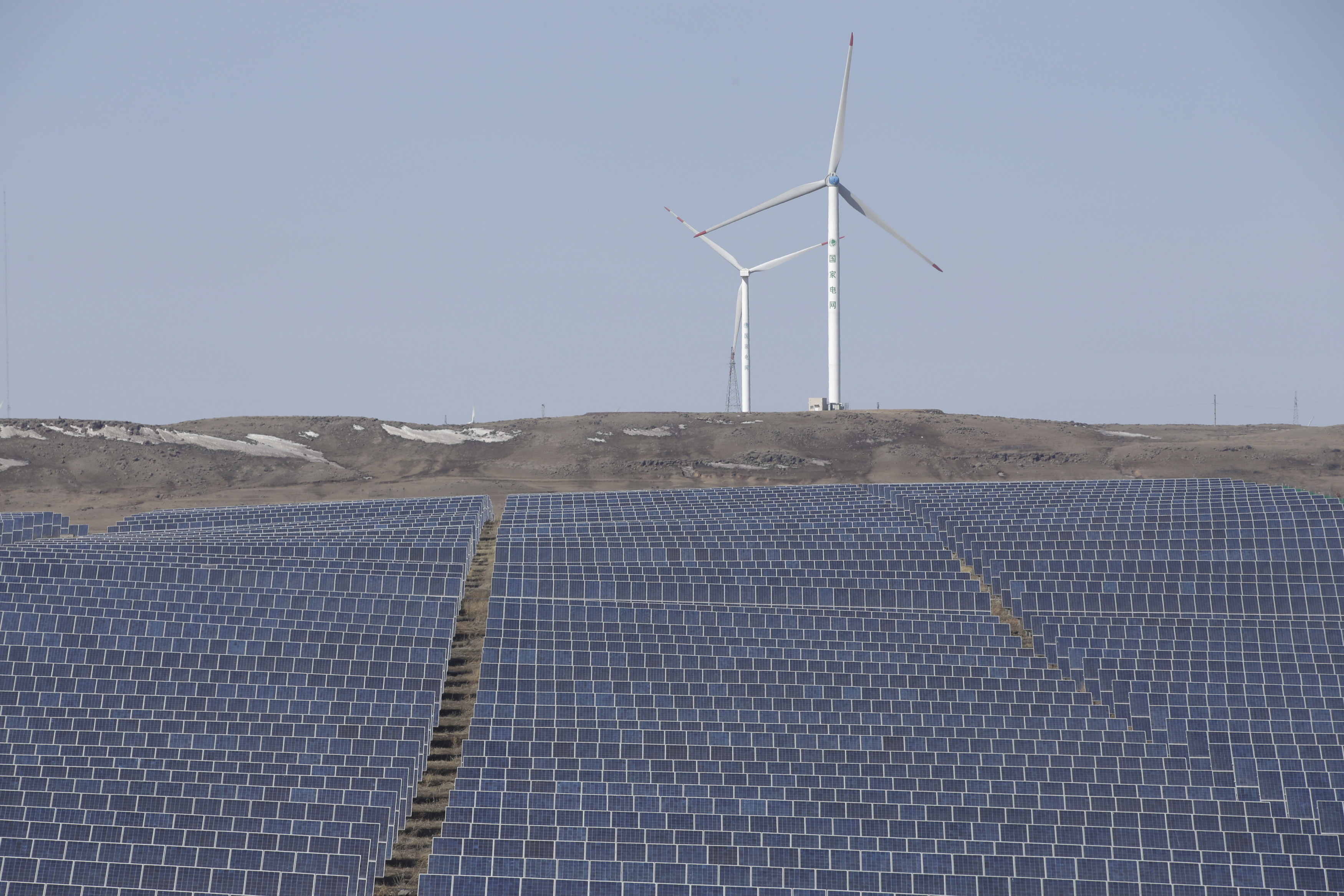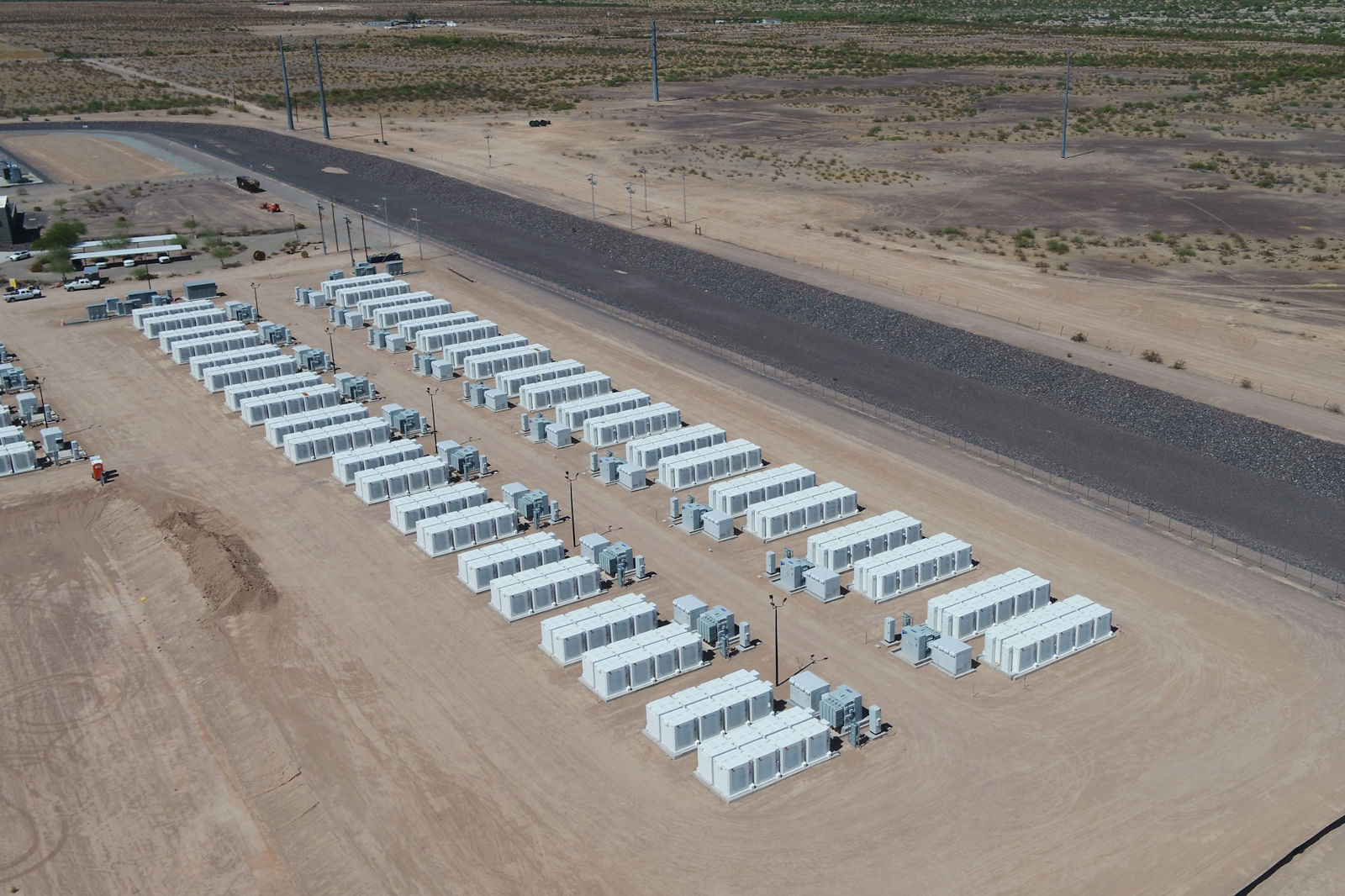By John Kemp

(Reuters) – China’s economy has become much less energy intensive over the last 40 years as its industries have modernised and the economy has shifted towards more service sector output.
But energy intensity has flatlined for the last five years making it much harder to displace coal by renewables and meet the government’s objective of capping total emissions.
China converted 1 tonne of standard coal or its equivalent in other forms of energy (including wind and solar generation) into gross domestic product worth 21,000 yuan in 2023.
Conversion of energy into economic output was essentially no more efficient than in 2018, after adjusting for inflation, according to estimates prepared by the National Bureau of Statistics (NBS).
Energy consumption has roughly tracked economic growth, rather than declining in relation to output as in other major economies.
No other country has been more active than China in deploying huge amounts of wind and solar generation in the last few years.
Hydro, wind, solar and nuclear generation supplied 17.5% of total energy consumption in 2022 up from 13.6% in 2017.
Most of the gains have come at the expense of coal, which supplied 56% of total energy consumption down from 61% in 2017.
But economic output and energy consumption are growing so fast a smaller share has translated into more absolute use.
Unless China boosts efficiency, most extra renewables will be used to meet increasing energy requirements rather than replace coal in the next few years.
IMPROVEMENT STALLS
Before 2018, China achieved large and consistent annual reductions in energy intensity as heavy industries modernised and the economy’s composition shifted from energy-intensive manufacturing to less energy-intensive services.
The share of energy-intensive primary and secondary industries in total economic output fell to 47% in 2017 down from 57% in 2007 and 65% in 1997.
The corresponding share of less energy-intensive services rose to 53% in 2017 from 43% in 2007 and 35% in 1997 (“China Statistical Yearbook, opens new tab”, NBS, 2023).
Some of the improvement in energy efficiency before 2018 was therefore more apparent than real, reflecting a change in the composition of output rather than better equipment and practices.
Since 2018, however, there has been no further movement away from manufacturing and towards the services sector.
Some of the stagnation likely reflects the impact of the coronavirus epidemic and the movement controls imposed in response.
Lockdowns and other social distancing measures hit personal services such as food, travel and entertainment particularly hard.
At the same time, the bursting of China’s real estate bubble has hit a broad range of services linked to moving home and refurbishing.
In response, the government has focused on stimulating manufacturing to offset weakness in other parts of the economy and reduce dependence on imports from the United States and its allies.
The result is that the composition of the economy has become more not less energy intensive, offsetting any underlying efficiency improvements.
REGAINING MOMENTUM?
Some of these changes are likely to prove temporary, especially those associated with the pandemic, while others may be permanent, including the focus on new industries and reducing reliance on imported technology.
If the economy resumes its gradual shift towards services, which seems likely as the pandemic effects wane, energy intensity will fall and apparent efficiency will rise again in the next few years.
But to the extent the focus on new industries, including electric vehicles, batteries and solar manufacturing, is permanent, there will be a structural increase in intensity and corresponding fall in apparent efficiency.
The focus on building new industries, indigenising the supply chain to reduce reliance on imported technology from the United States and its allies and boosting manufacturing exports have all resulted in higher energy consumption and pushed back the timeline for cutting coal consumption and emissions.
John Kemp is a Reuters market analyst.
Share This:




